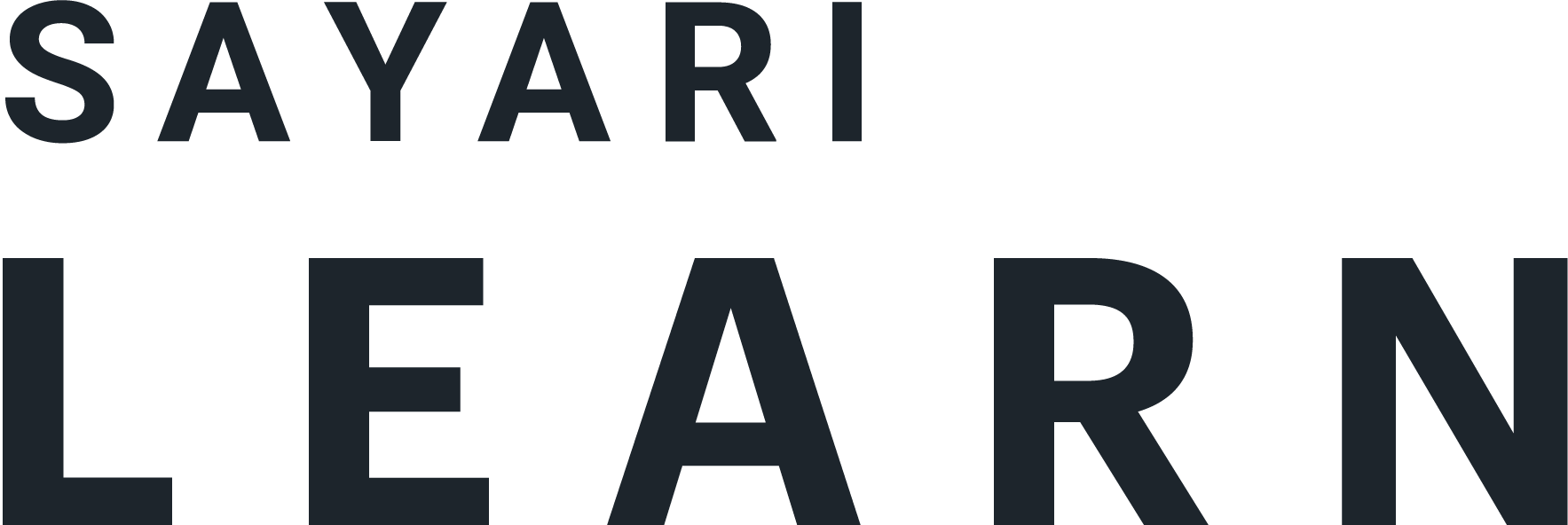Frequently Asked Questions
How many records does Graph contain?
Sayari Graph currently holds over 626 million records from 188 different public records sources across the globe, including from traditionally hard-target jurisdictions such as China, Russia, and Iran.
Does Graph provide foreign language support?
Yes. Graph offers multiple translation and transliteration functions to help users explore records in foreign languages. This includes everything from on-demand translation of record text to translation of search terms and results.
We use a combination of translations included in original documents (for example, when Chinese companies disclose their names in English), plus translations and transliterations we generate based on internal deep learning models, and the Google Translate API.
How often is the data in Graph updated?
Constantly. Each source refresh runs on its own schedule to account for client usage, size, and complexity. All updates take place at least once per year, but the average source is updated more frequently (e.g. quarterly).
Does Graph cover the British Virgin Islands (or other offshores)?
We have all the public corporate data from the British Virgin Islands that is allowed to be disclosed by law. We also cover corporate registries in offshore financial centers like Bermuda, Luxembourg, Macao, and the United Arab Emirates, as well as real property ownership rolls in places like Switzerland, Montenegro, and the United States.
Sayari’s graph-based model of the corporate world combines data on individuals and companies in multiple jurisdictions — including many with more generous disclosure requirements than the BVI. In practice, this means although the BVI does not disclose shareholder information publicly, Graph may have shareholder information on a BVI company by way of another jurisdiction. BVI company data can be obtained when, for example, a company submits its articles of incorporation to another corporate registry that does require shareholder disclosures in order to open a branch office or establish a partnership.
Read our blog post on using foreign-filed documents to unmask shell companies.
What type of information do you collect for each entity in your database?
Anything that fits into a meaningful legal or corporate map of the world: corporate ownership, identifying information, real property, litigation, international cargo shipments, trademarks, etc.
Do you have any examples of Graph in action?
Check out some of the corporate risk intelligence work our analysts have done using Graph and other open data resources. Our work spans key jurisdictions (e.g. China, Russia, Venezuela) and highlights a variety of use cases like third party risk management, sanctions compliance, AML investigations.
Watch our Master Class webinar series on public records investigations
Browse our library of reports, tip sheets, and other useful content
Can I export this data?
Yes. We make all original source documents available for download in the platform or via API. Data can also be exported as a CSV to integrate with other systems.
Does Graph cover sanctions lists, watchlists, or blacklists?
Yes. Sayari Graph includes both in-country watchlists like Mexico SAT 69 taxpayer list and international watchlists such as U.S. Treasury OFAC SDN list.
How do I read or interpret a record I found in Graph?
Take a look at Sayari Learn — it’s full of guides, insights, and helpful tips from our analyst team designed to help you get the most out of these records.
We also have a regular series of investigative Master Class webinars, taught by our analysts.
Learn about our data sources and the information they contain
Get investigative tips from our regional experts
Watch our Master Class webinar series on public records investigations
